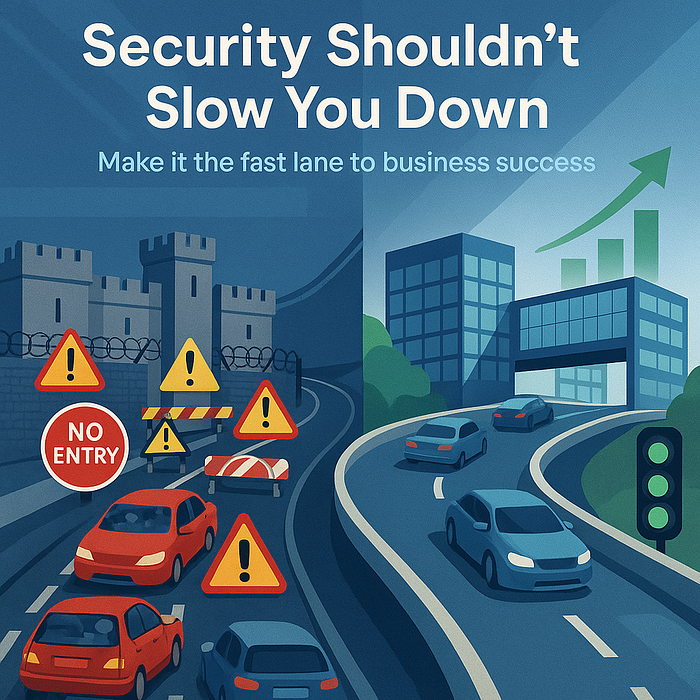Why Your Security Strategy Is Backwards (And How to Fix It)

After managing engineering teams for several years, I’ve witnessed countless security initiatives fail. Not because they weren’t technically sound, but because they missed something fundamental about how businesses work.
Here’s the uncomfortable truth: most security efforts fail because they’re selling fear instead of value.
The Problem with Fear-Based Security
Walk into any board meeting and you’ll hear the same pitch: “We need to spend £200k on this security tool to prevent a potential breach.” The response? A reluctant nod and a budget that gets slashed at the first sign of financial pressure.
Why? Preventing something terrible from happening doesn’t create tangible business value. It’s like buying insurance — necessary, but hardly exciting for stakeholders focused on growth and profit.
The Business-First Security Approach
The most successful security programmes I’ve seen flip this narrative entirely. Instead of leading with threats, they lead with business benefits that happen to improve security as a side effect.
Make Security the Easy Choice
Here’s another lesson from the trenches: people will always choose the path of least resistance. If your secure option is slower, more complex, or more expensive than the alternative, it won’t get adopted, regardless of how many security awareness sessions you run.
Innovative organisations make security the default by making it the most convenient option:
- Secure development environments that are faster to set up than manual installations
- Automated compliance checks that catch issues before they become problems
- Standardised toolchains that reduce cognitive load while improving security posture
When engineers can ship faster using your secure tools, adoption becomes inevitable.
The Commercial Reality
I’ve seen too many brilliant security professionals frustrated because their recommendations get ignored. The solution isn’t better PowerPoint presentations or scarier statistics. It’s understanding that business leaders need to justify every pound spent.
Frame your security initiatives around commercial outcomes:
- “This inventory system will reduce incident response time by 60% and save us £50k annually in contractor costs”
- “Reproducible builds will cut our deployment time in half and eliminate production surprises”
- “Standardised security tooling will reduce onboarding time for new engineers by two weeks”
Notice how security becomes the means to achieve business goals, not the goal itself.
The Path Forward
If you’re leading security efforts, start asking different questions:
- What business problems does this security initiative solve?
- How can we measure the commercial impact?
- What barriers prevent people from choosing the secure option?
- How do we make security feel like acceleration, not friction?
The companies that thrive today aren’t the ones with the largest security budgets. They’re the ones that have aligned security outcomes with business outcomes.
Security isn’t about building walls. It’s about building bridges between protection and progress.




